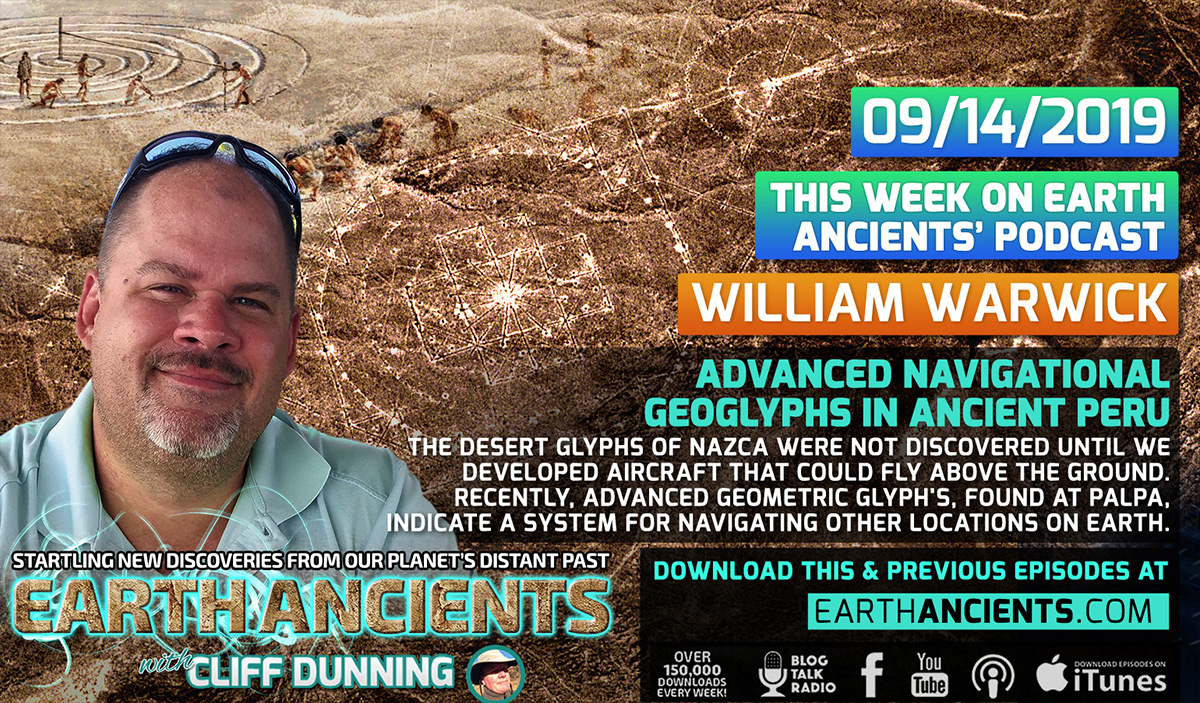William Warwick: Navigational Geoglyphs in Ancient Peru
The enigmatic Palpa lines in Peru are not as famous as the Nazca lines, but these puzzling lines and geoglyphs that can only be properly viewed from the air are equally interesting.
Archaeological examinations reveal the Palpa lines are older than the Nazca lines and were most likely created by the Paracas culture, an Andean society that existed about 800 BCE and 100 BCE, in what today is the Ica Region of Peru.
The Palpa lines are located in between the towns of Sacramento, Pinchango, and Llipata. The purpose of the lines and geoglyphs is unknown. There are as many as 600 geoglyphs of giant size and they represent a series of human and animal zoomorphic figures, including the Familia Real (Royal Family), a group of eight figures on a hillside.
The purpose of the Palpa lines and geoglyphs is unknown and just like the Nazca lines, these ancient carvings are regarded as one of archaeology’s greatest enigmas because of their quantity, nature, size and continuity. Scientists suggest the geoglyphs had ritual astronomical functions.
These giant geoglyphs and lines must have been of great importance to our ancestors and they were undoubtedly not easy to create. Many consider the figures to be extraordinary example of the traditional and millenary magical-religious world of the ancient Pre-Hispanic societies which flourished in Peru.










